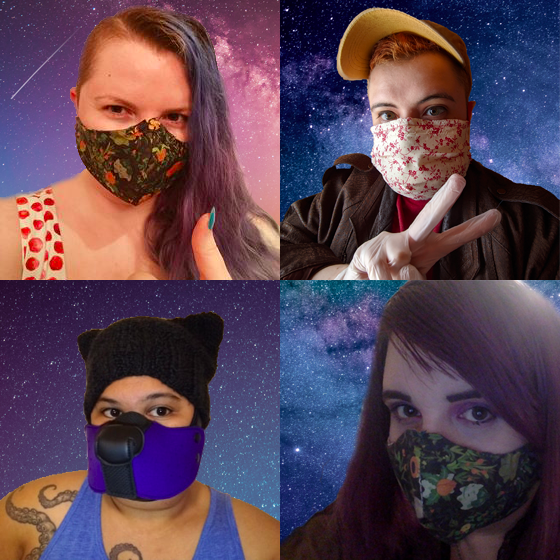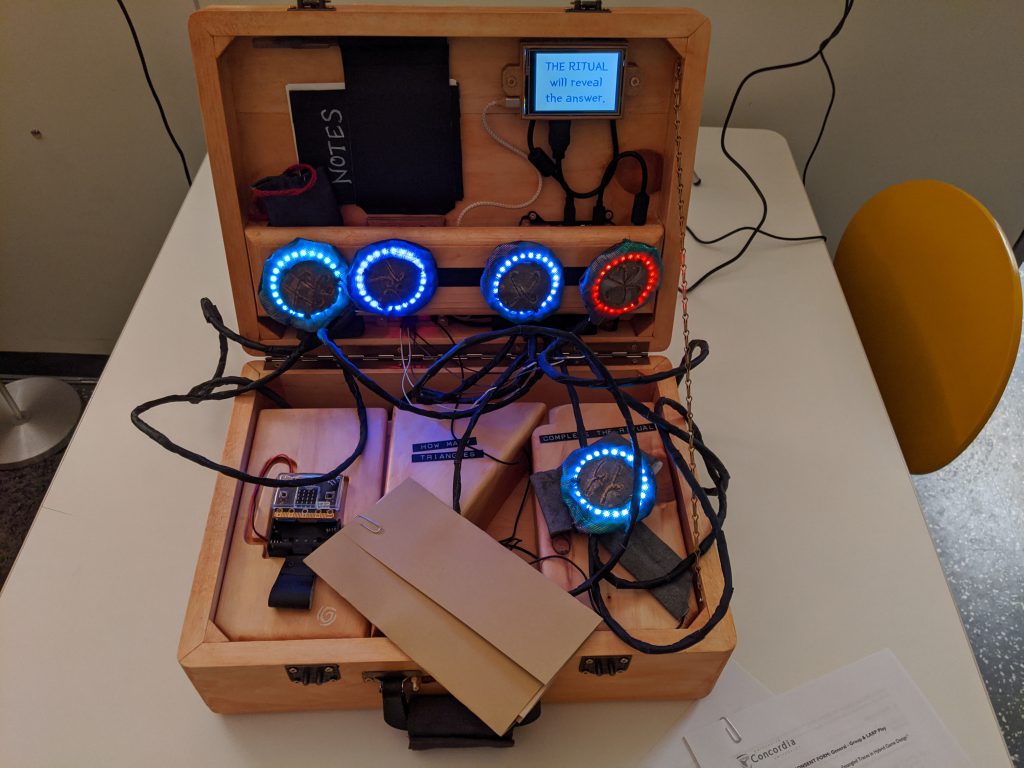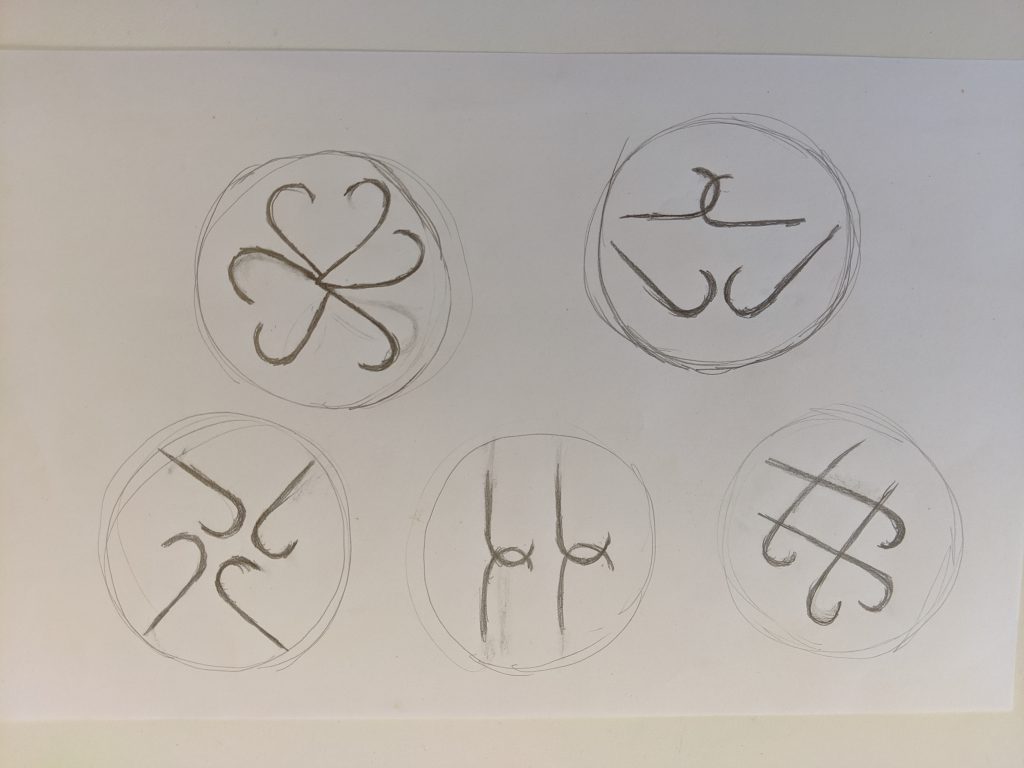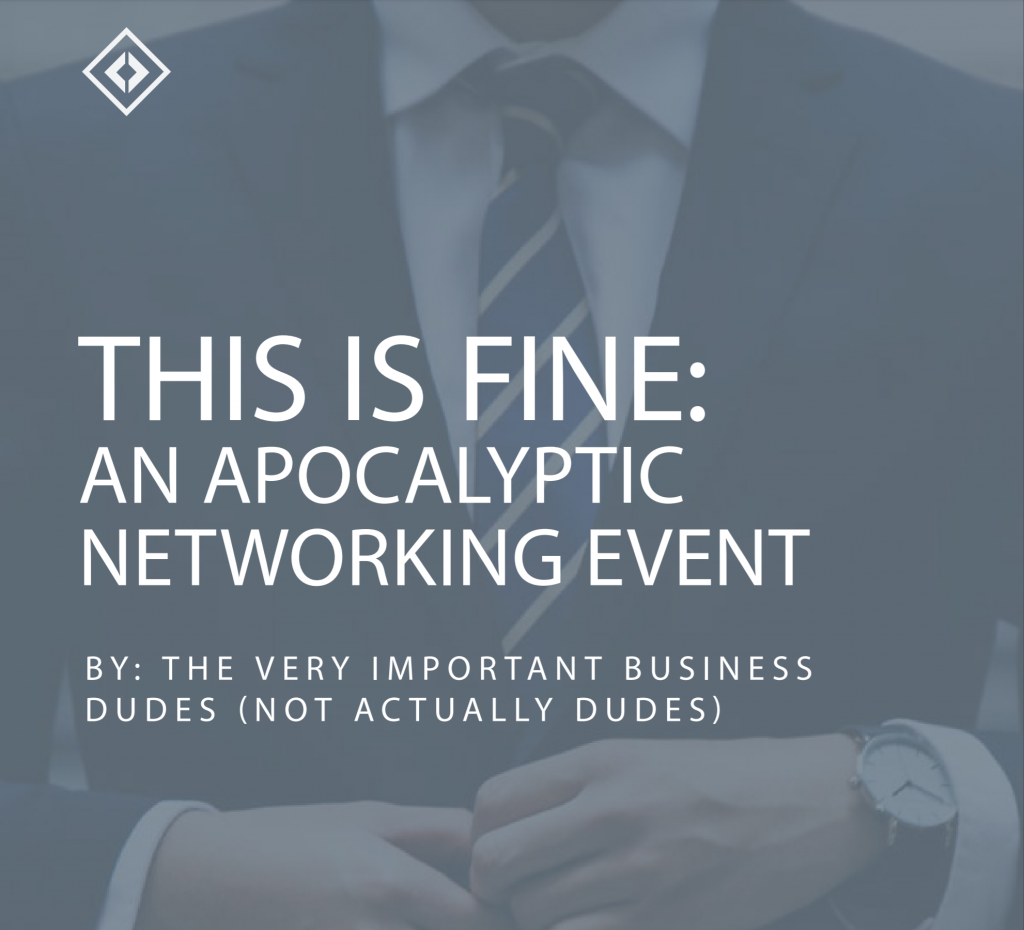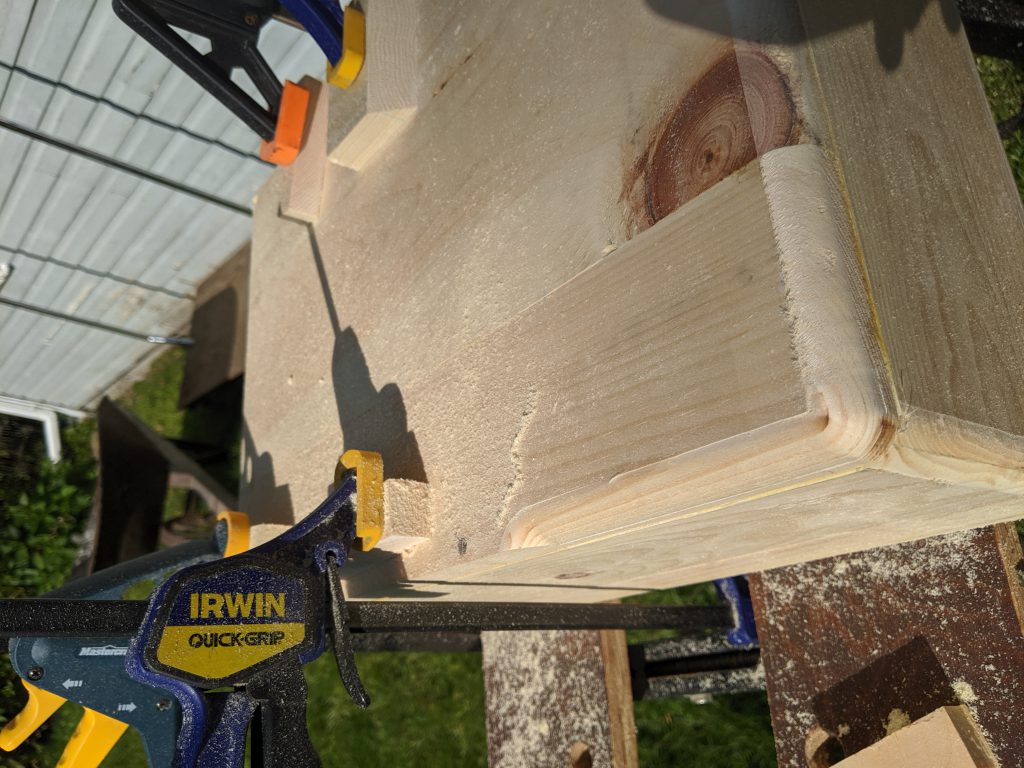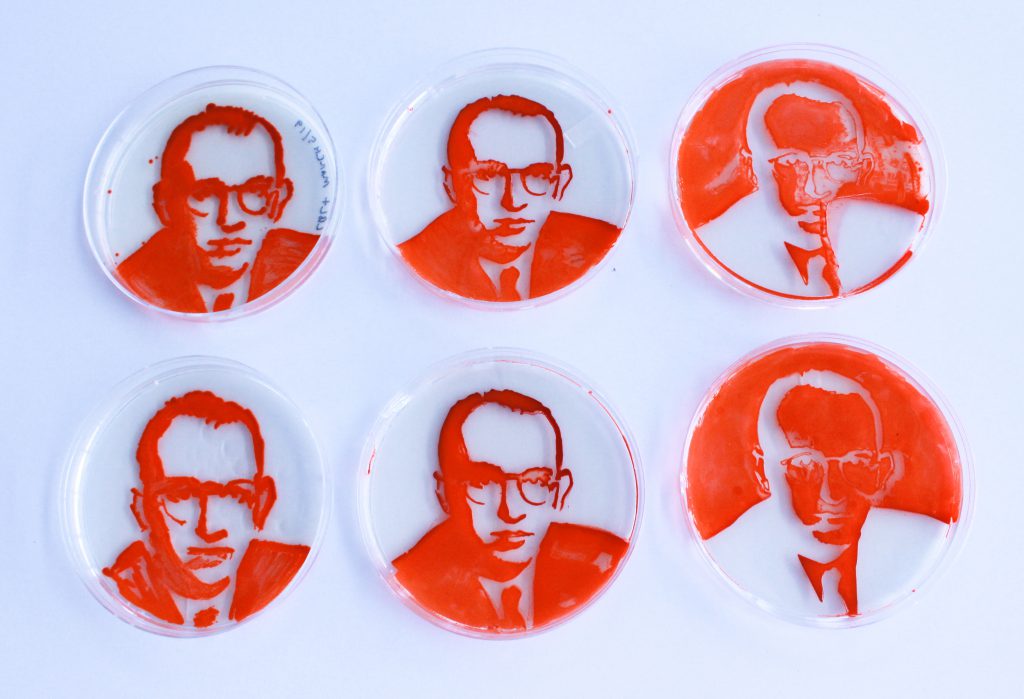Well, it’s been three weeks since my last blog post, and things didn’t quite work out how I thought. This post will detail some feelings about that, about what happened instead, and what I’ve been up to with my design work. I also have some feelings that I wanted to capture about this final game project and what will most likely be the last year of my PhD.
First of all, my surgery was cancelled, again, meaning that I missed out on speaking at MUTEK IMG for no reason, but I did get to go scuba diving. To be honest, having the surgery cancelled again was really hard. It took a lot of mental preparation to be ready for what would be, by all accounts, a shitty recovery period. I have a lot of anxiety around breathing and having a blocked nose (remember this — it’ll figure in a later story). This surgery was eventually supposed to make it so that my nose wouldn’t be blocked so often, so that was what made my stress about that worth it. There were no other possible surgery dates in August, and I am teaching September through December, so I couldn’t reschedule it. Now we’ll have to see for December.
I’ve met up twice with my woodworking in-law (who decided that they would rather not be named in publication) and we have a solid plan for the suitcase. It will be personal-item sized and made of wood. We bought wood at Home Depot and made a few initial cuts. We are meeting again soon to start putting some of the pieces together. In the meanwhile, I managed to finish a laser-cuttable file for one of the puzzles and get it laser-engraved at Concordia’s Digital Fabrication Lab. They were very friendly and helpful, and the whole project cost me less than 3$. Pretty awesome. I also have some extra wood in case I want to laser-engrave other things (and I just might).
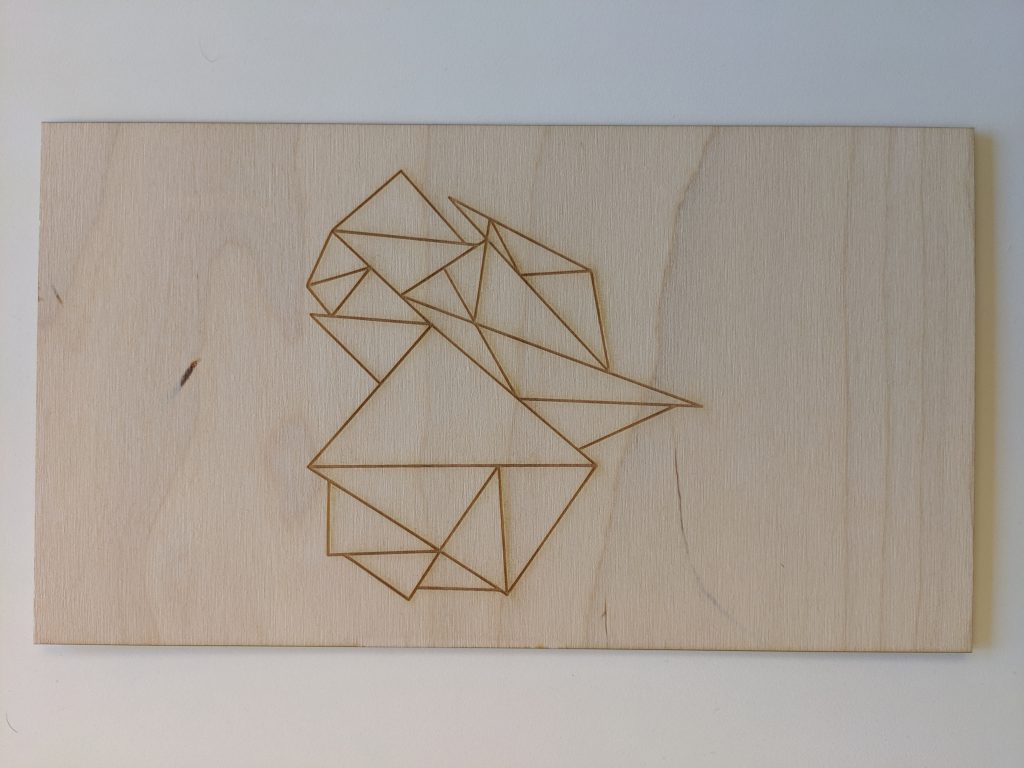
In between those two meetings, I went scuba diving on the Keystorm and on the American, two wrecks in the St. Lawrence near Ogdenville, NY. This is where the breathing part comes in. I hadn’t been deep-diving in a long time, and I wanted to take it slow to get back into practice. I was feeling sore and a bit uncomfortable in my equipment, which hadn’t seen use since June. So, I told Tom that I wanted to take it slow on the wreck. A third person volunteered themself to our team, and although I felt awkward about it, I didn’t say anything. This person was also bringing along a camera — what fun! They are an experienced instructor and I have been diving with them before during the children’s camp certifications. I had always found them a bit impatient with the kids, and they had had trouble keeping track of the kids in the past. They wanted to hit the water and were impatient to do. So I felt rushed. Then, we descended on the wreck, and they took us down the “wrong” side — the dark side of the wreck. There was a hulking, 256-foot steel freighter looming above me on my left side, its underside completely featureless. This buddy rushed along, taking us to our max depth of 110 feet. I felt winded, I felt like I was having trouble catching my breath. I tried to breath slowly, because a single tank of air doesn’t last all that long at 110 feet. I felt myself starting to practically hyperventilate, which then led me to think that I wouldn’t have enough air to make it back to the surface if we kept this pace and I stayed down there. I was slowly starting to panic inside, and I couldn’t slow my breathing. This third buddy was nowhere to be seen, and Tom was not as near to me as I would have liked, probably looking for our buddy. Tom found me and asked me if I was okay, and I wasn’t. I contemplated doing an emergency ascent — but I would be skipping a lot of safety stops and might very well give myself the bends. I think I was still pretty close to making that decision — my breathing just wouldn’t slow. Tom grasped my shoulders, looked into my eyes, and signaled for me to breathe slowly. My mind latched onto his presence, and I did my best to slow my breathing. I told Tom I wanted to start going up slowly and leaving, and we slowly started to ascend. Around 70-80 feet, I started to feel better, and I felt that I could continue the dive.
Nitrogen Narcosis can be terrifying.
For those of you who don’t scuba dive on the regular, Nitrogen Narcosis is a condition whose effects are usually noticeable 100 feet deep or more underwater. Everyone gets narc’ed — there’s a physiological effect whether one notices it or not. It’s often described as “the drunkenness of the depths” and that’s apparently what it is like — being drunk. It can have a greater impact on you if you’re tired, dehydrated, or otherwise just feeling off. That day, it caused me to fixate, like a drunk person who can’t stop telling you how they’re “so drunk right now.” Because I was feeling rushed and probably did legitimately need to go more slowly, I fixated on my breathing. It was really, really scary, and one of the first times that I have felt the effects of narcosis so keenly. I know that it was narcosis because as soon as I started to ascend, I felt better. Sure, 100 feet is also at a greater pressure than higher up, and that might also have helped me feel better, less squeezed. I remember feeling squeezed by the water pressure at 60 feet, my first time that deep when I was certified for open water diving.
So, we came back up (with plenty of air) and Tom and I tried to discuss the situation with this buddy, but they seemed almost willful in their refusal to acknowledge that anything was wrong or that they might have done something wrong. I was mad. I still sort of am. It’s stuck with me, these past few weeks. Also, our second dive with this person that day was little better. They barely checked in with us and went off on their own without paying attention to where we were frequently. I will never dive with this person again if I can help it. I didn’t feel able to make a scene on the boat — this was the first time we were diving with these people, and they couldn’t have known what really happened under there, so I was worried we would come off as unsafe amateurs. So I kept it polite.
Anyhow, since that incident has been preoccupying me, I guess I thought that it might belong here.
In between sessions building the suitcase, I’ve been plugging away at the puzzle design (not as frequently as I would have liked to) as I got ready for the start of the semester. We took labour day weekend off and just did social activities the whole weekend — that was awesome. The semester started, and I had my first class on the 6th. So far, so good. TAG released its statement of values and code of conduct last week, which I worked very hard on and am glad is finally out in the world. I’m going to skip over a whole lot of feelings here about what has been happening in the games industry these past few weeks, because it’s very complicated and draining, but many people are feelings empowered to come forward about abusers. There’s a lot that comes with that, and it’s hard for a lot of my friends, and for me.
The last puzzle is still giving me some trouble. I know how I want it to work mechanically, but I want it to feel integrated with the questions and themes that are being explored in the suitcase. Each of the other puzzles does this fairly well, I think. Although there’s no “theme” or “genre” for the suitcase, no fictional frame that the puzzles have to line up with, the questions being asked inside of the boxes that are opened when the puzzles are solved are thematically linked to the solved puzzles. So.
I still have a lot of physical crafting and arranging to do, plus the design of that last puzzle (along with programming it). There are a few small programmy things to do for one of the other puzzles, but this last puzzle is the main task. Is it overly complex? I don’t know. I have a choice to make between trying to get the other puzzles and their programming and physical crafting finished, or trying to work out this one. Maybe it’ll fall more easily into place if I take some time away from it.
I’ve also been working on securing a whole lot of logistical things for QGCon, and that’s going pretty well, although it’s a lot of work. We got to announce our keynotes and our CFP and CFG! Avery Alder and Dr. micha cárdenas are our keynotes.
Time pressure continues to be a source of anxiety– I want to finish my PhD in a timely fashion, and of course, the longer this last game takes, the less and less possible that feels…At the same time, finishing will be a big step. I keep on getting asked what I want to do when my PhD is finished, and frankly, I think that what I want isn’t possible. I want a decent job with decent benefits and pay where I keep getting to make these weird projects and other creative work in small teams. I want to be able to afford to go on vacation and retire. I want to make weird feminist art games. I want to stay in Montreal where my family and friends are. I would someday like to have a house. Isn’t it strange that those seem like such huge asks under the current conditions we live in?
So. I’m feeling a little bit glum. Everyone I know is overworked, and I can’t stay in Academia — not without sacrificing things that I am not willing to sacrifice — unless the perfect position comes along. It…all feels a little out of reach. Not to mention that there are so many other things wrong with the world, like climate change and fascism. Apparently another recession is coming, too.
So here I am, working on finishing my PhD.
